FORT BRAGG, N.C. -- Soldiers in ground contact with the enemy may not care where their fire support comes from, as long as it's accurate. But standing on the deck of a Navy Destroyer and looking at the five-inch deck guns that can rain down rounds on enemy forces from ten miles offshore, it's hard not to appreciate the uniquely powerful capabilities of naval gunfire.
Ten Paratroopers from the 82nd Airborne Division's, 2nd Brigade Combat Team, learned that lesson when they attended the three-day Naval Surface Fires class at the Naval Amphibious Base in Little Creek, Va. from Sept. 2-4.
The Soldiers, who were all forward observers or members of the brigade's combat observation and lazing teams, were the first Army personnel ever to attend the training. The Marine instructors teaching the course were pleased to have their Army brothers attend.
"This is exciting for us. We've never had anything like this in the past," said Marine Master Sgt. Ryan German, the noncommissioned officer in charge of the Naval Experimental Warfare Training Group, Atlantic (EWGLANT), which conducted the training.
"The inter-service cooperation says a lot about the state of relations, cooperation, and training between the Army and Marines," German said. The purpose of the class was to familiarize the students with the capabilities of Naval Gunfire and to provide an overall introduction to Naval and Marine Corps combat assets.
Army Sgt. 1st Class Paul Morris, 2nd Brigade targeting NCO, coordinated the effort to get the Army personnel enrolled in the class. As a former Marine familiar with the capabilities of naval gunfire, Morris wanted to make sure FOs from 2nd Brigade had the same knowledge.
"Being a former member of the Marine Corps and ANGLICO (Air/Naval Gunfire Liaison Company) teams, not only gave me a unique perspective as to the capabilities of these units, but allowed me to show the current FOs and COLTs of the brigade what other assets are available to them to bring to the fight," said Morris.
"If you don't know how to use all your assets, you're just limiting what you can do on the battlefield," Morris added. The first day of training was centered on learning Naval gunfire capabilities and correct call-for-fire procedures. The students were also given a tour of the destroyer USS Ross, including an up-close look at the ship's five-inch deck gun.
The second and third days were focused on Marine and Navy close air support procedures along with computer simulations inside the school's $1.4 million simulator. EWGLANT also has a multi-person call-for-fire simulator that allows one operator to train multiple FOs in a variety of scenarios including artillery, mortar, naval gunfire, fixed-wing close air support, and rotary wing close air support.
Army Sgt. 1st Class Giaocchino Guarino, 2nd Brigade targeting NCOIC, was impressed by the tools that facility had available. "We were given a great opportunity to see what the Marine Corps has to offer and it was far better than anything we currently have to train our own observers with," Guarino said.
"With the system that the Army currently has, only one observer can be trained at a time. But with this system, one instructor can teach and train an entire platoon of observers." Marine Staff Sgt. James Bishop, one of the instructors during the training, gave high marks to the Soldiers who attended. "They were really into the training, and due to their background (as forward observers), they had a leg up on a lot of the students who come through," Bishop said.
All the participants in the class said the inter-service training had been extremely valuable. "Because of the joint environment we are operating in, it's incredibly important that we understand the capabilities that the different services have," said Bishop.
Morris agreed. "We're all on the same team, and the better we understand that, the better warfighters we become," he said.
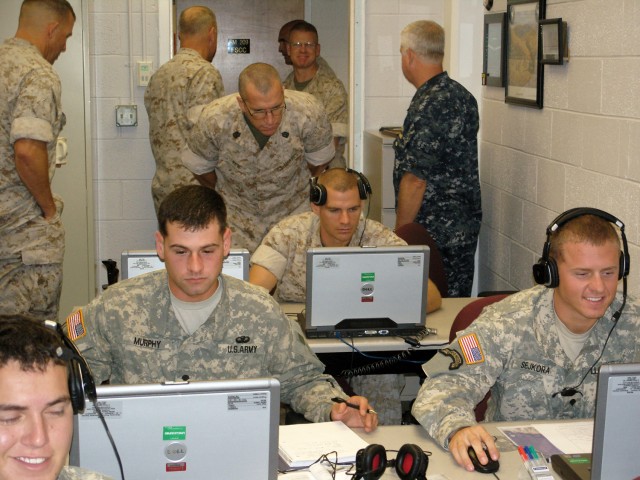
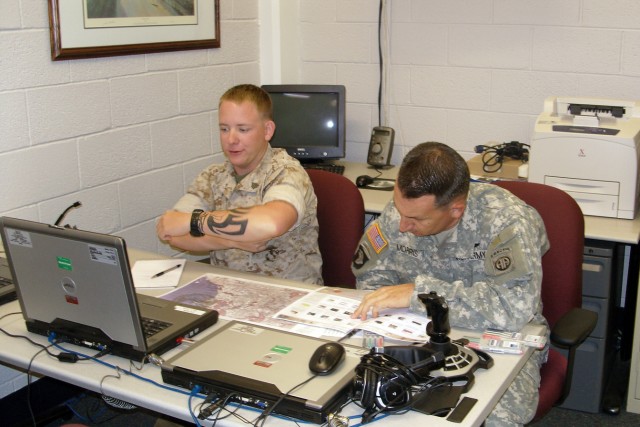
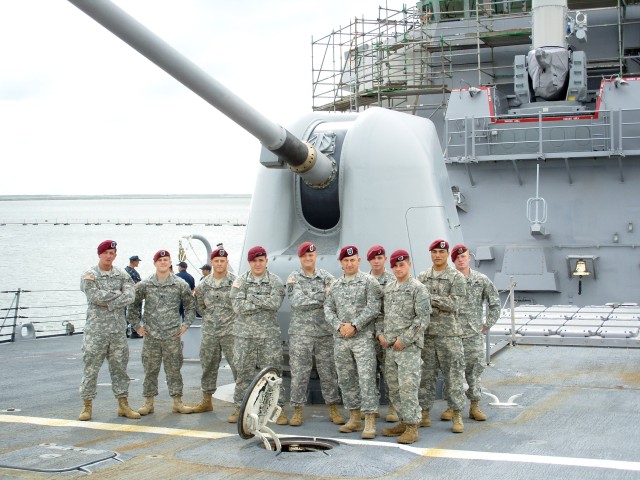
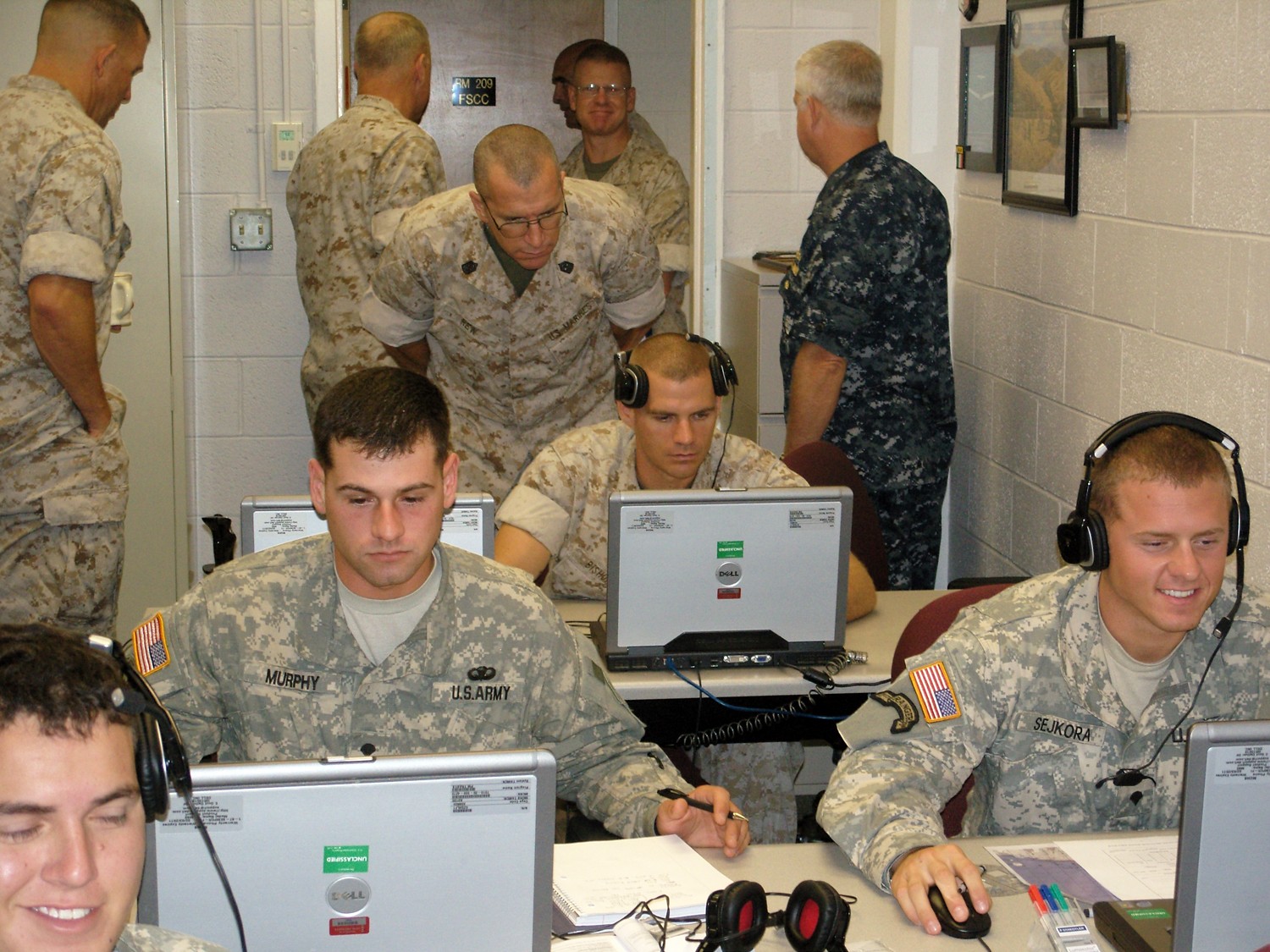
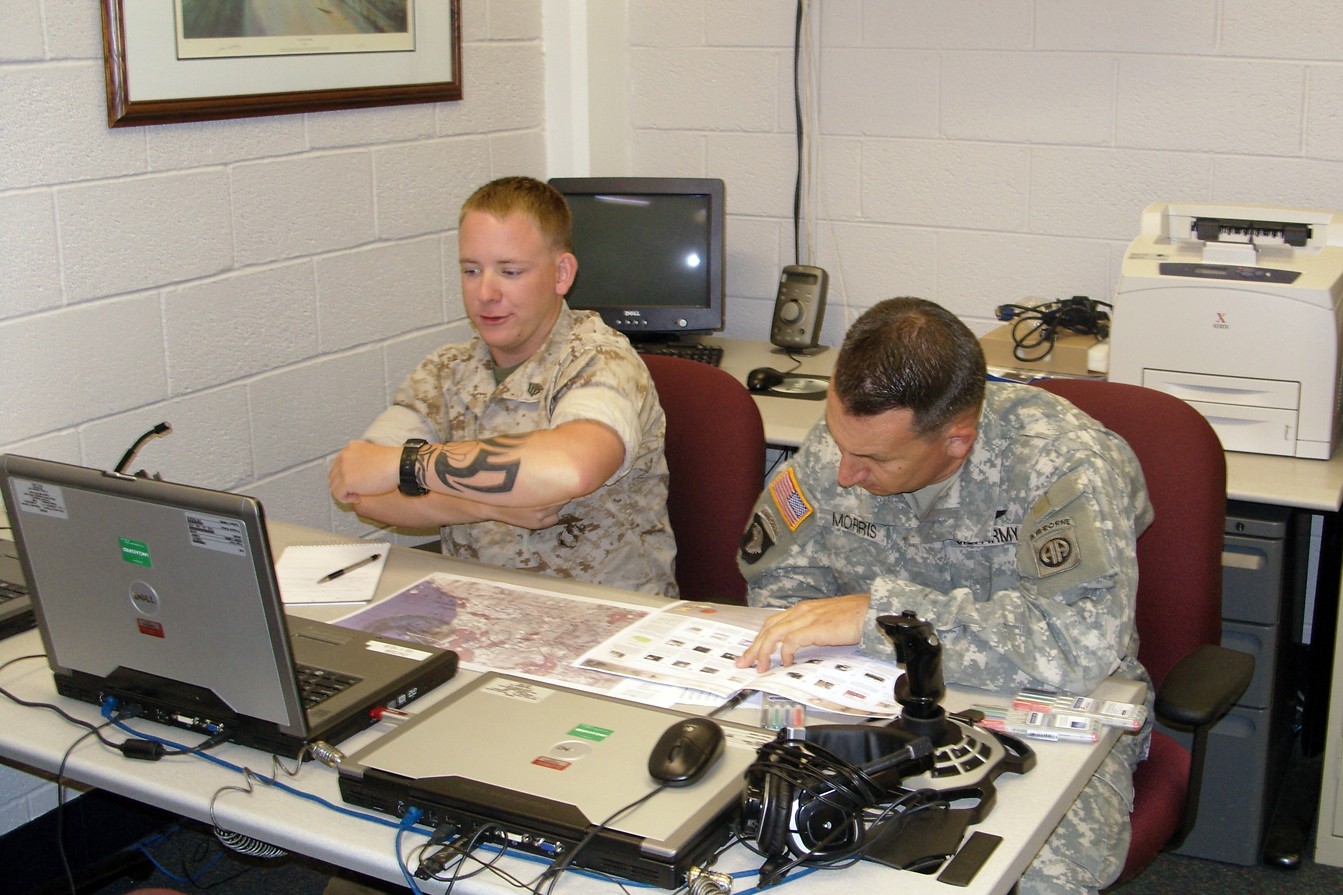
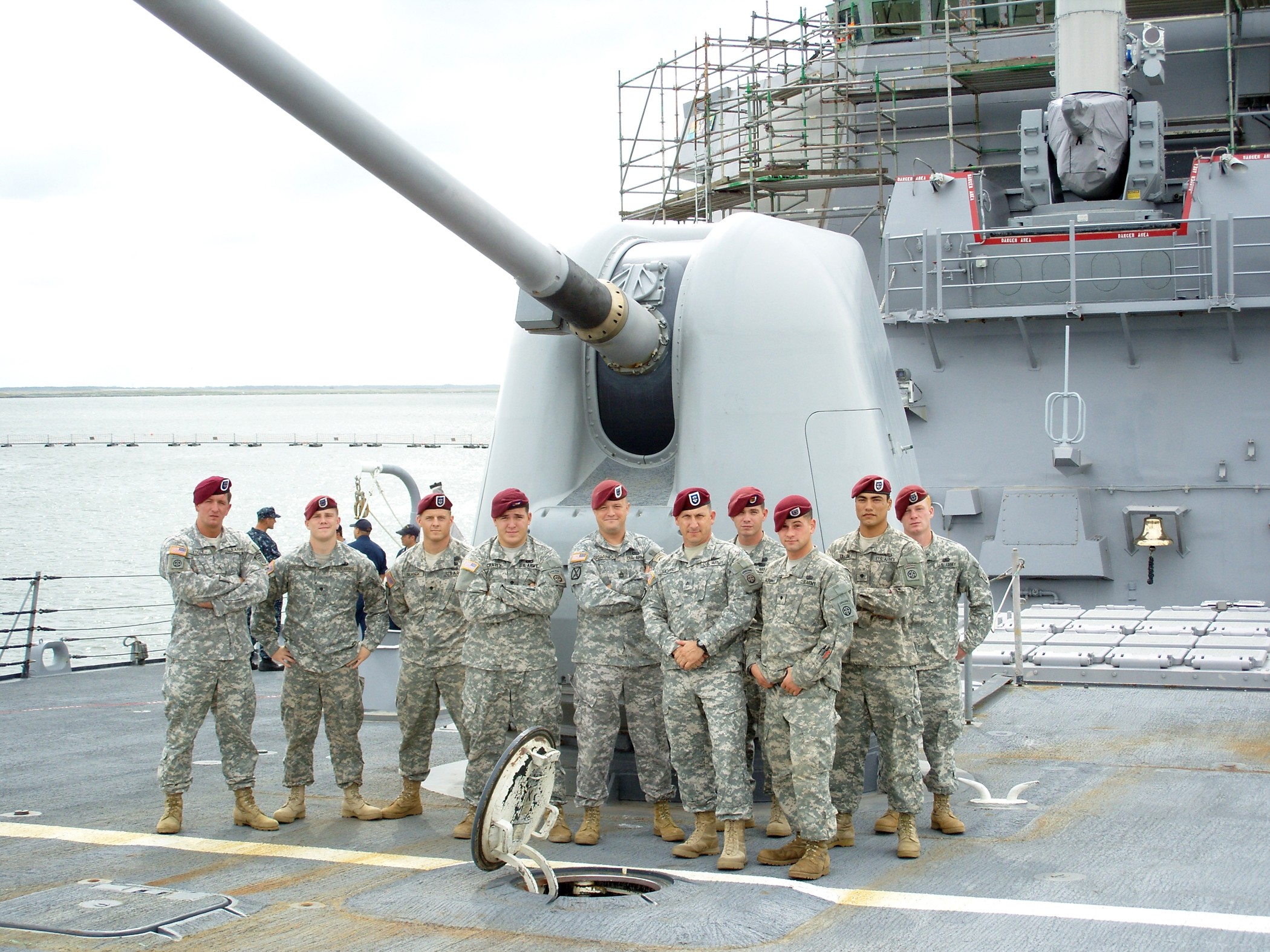
Social Sharing